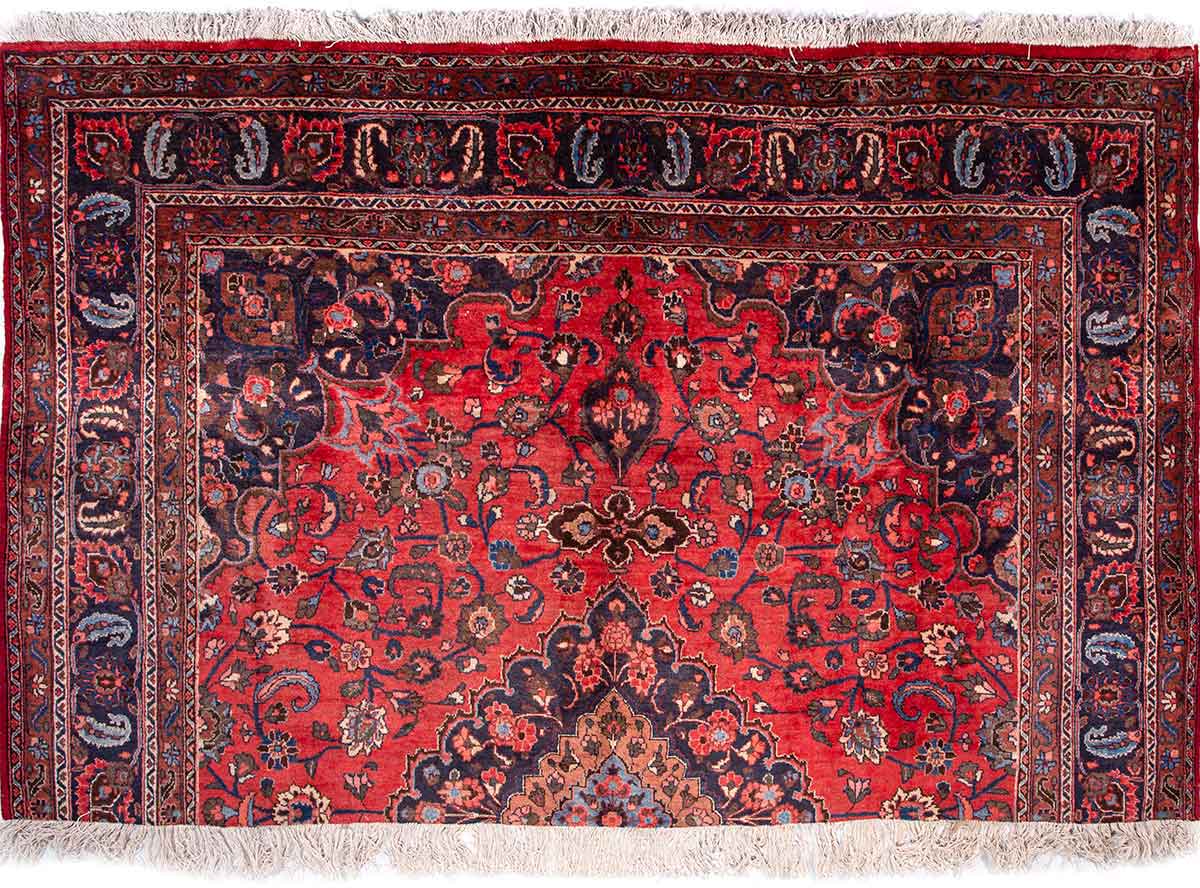Understanding Unfinished Hand-Knotted Rugs: The Tale of the 'Qahri' Carpets
Los Angeles Home of Rugs on Jun 11th 2024
In the world of traditional Persian carpet weaving, the term "Qahri carpet" might not ring a bell for many, even among enthusiasts and experts. A Qahri carpet refers to an unfinished hand-knotted rug that, due to various reasons, could not reach completion. These incomplete rugs have unique stories behind them, which add to their mystique and artistic value.
What is a Qahri Carpet?
Imagine coming across a
hand-knotted rug that is only half-finished. This sight might leave you
wondering why it remains incomplete. These unfinished pieces, known as Qahri
carpets, embody tales of interrupted artistry. Crafted painstakingly by skilled
artisans, hand-knotted rugs take a considerable amount of time to complete,
often spanning several months to years, depending on their size and intricacy.
For instance, a 6-meter rug with a knot density of 50 could take over a year to
finish.
Reasons Behind Unfinished
Rugs
Various unforeseen
circumstances can halt the weaving process. The weaver might face health
issues, pass away, lose interest, encounter financial or personal difficulties,
or experience a falling out with the rug's financier. Such events force the
weaver to abandon the project midway. One might then wonder about the fate of
these half-done masterpieces.
The Fate of Unfinished
Rugs
There are two primary
outcomes for these Qahri carpets:
1- Continuation by Another Weaver:
Although rare, another weaver might take on the
task of completing the rug. However, this is uncommon, especially for
high-quality rugs. Many artisans believe that each rug carries a part of
the original weaver's soul and spirit, making it ethically and
artistically challenging to continue someone else's work.
2- Preservation as Is:
More often, these rugs remain unfinished. They
might be framed and sold as they are, preserving their incomplete beauty
and the story behind their creation. The term "Qahri," which
conveys a sense of abandonment or unfulfilled destiny, aptly describes
these rugs.
Challenges in Completing
Qahri Carpets
Even if a new weaver
decides to finish the rug, they may face several issues. The original yarn
colors might no longer be available in the market, or the uniformity in weaving
might be disrupted, leading to a visible inconsistency in the rug's design. These
challenges often deter efforts to complete Qahri carpets.
The Value of Qahri Carpets
When considering the
purchase of a Qahri carpet, it's essential to recognize its artistic and
historical value. Take the example of a 350-year-old Persian rug sold at a US
auction for $33 million. Its value lay not just in its material composition but
in its ability to narrate the story of its time, specifically the Safavid era's
weaving techniques and designs.
Similarly, Qahri carpets
hold intrinsic value despite being incomplete. Collectors and art aficionados
appreciate them for their unique stories. For instance, a half-finished rug
woven by a beloved grandmother in an Iranian village, left incomplete due to
her untimely demise, carries a sentimental and historical significance that
goes beyond its physical form.
Artistic Appreciation
For those who value the
artistry and craftsmanship of hand-knotted rugs, Qahri carpets are indeed
valuable. They encapsulate the dedication and skill of the weaver, even if
unfinished. The irregular patterns and the abrupt end of the design narrate a
tale of interruption, making these rugs stand out.
Conversely, for those who
prefer perfect geometric designs and flawless patterns, the visible
incompleteness might detract from the rug's appeal. In such cases, the
perceived value diminishes, as the interruption in the design becomes glaringly
obvious.
Conclusion
Qahri carpets, though
perhaps unfamiliar to many, represent a unique facet of the Persian rug weaving
tradition. They remind us that behind every rug lies a story, and sometimes
that story is one of unexpected interruptions and unfinished dreams. By understanding
and appreciating these incomplete masterpieces, we can see beyond their
imperfections and recognize their true artistic and historical worth.













